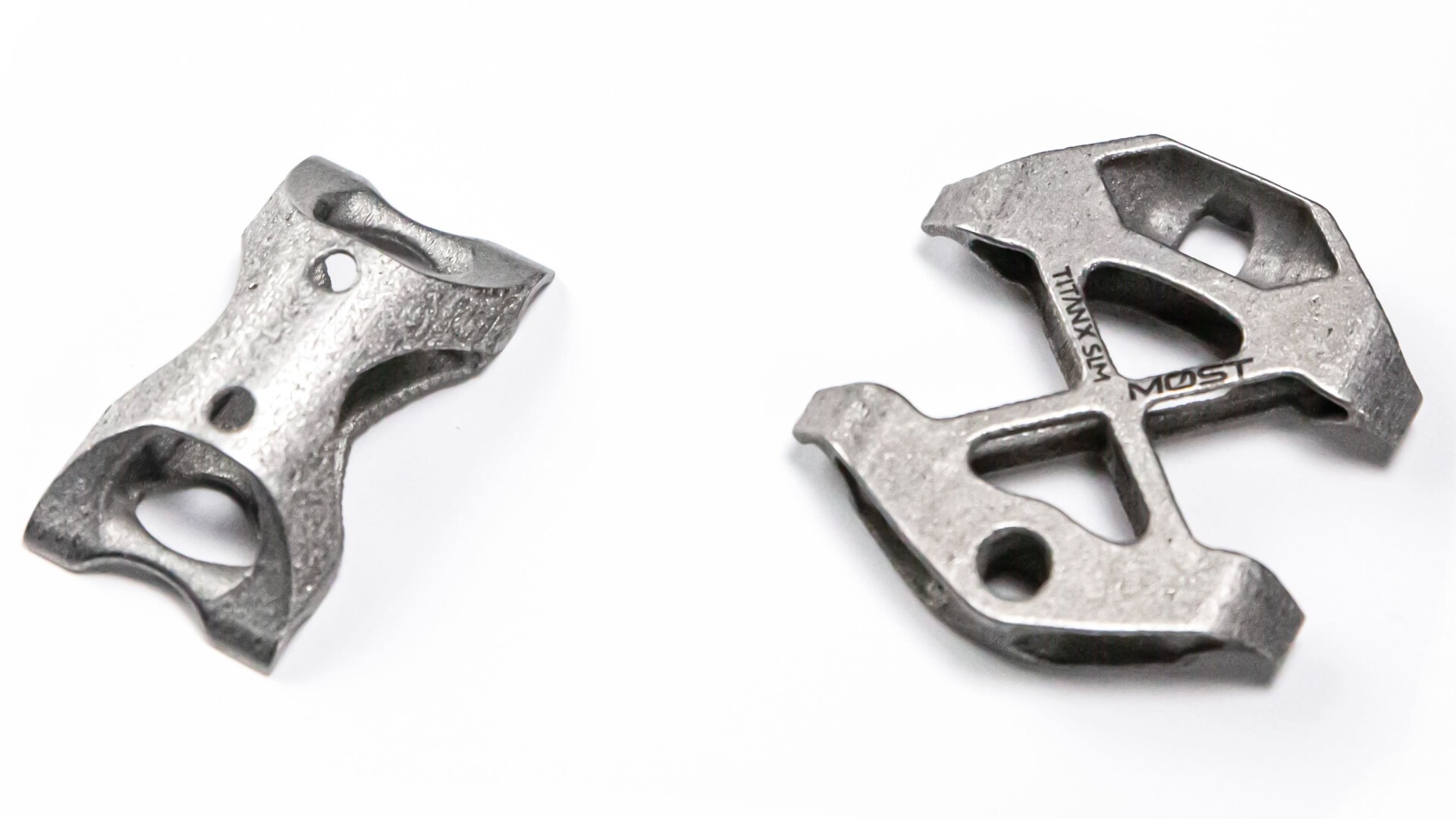3D Printing Lightweight Metal Parts at Scale for Pinarello
To create Pinarello’s new racing bike, Dogma F, they needed the help of innovative partners and the latest technologies. Materialise’s complete metal 3D printing services and tailor-made workflows were a major enabling factor: almost cutting the weight of a crucial seat component in half.
In the cycling industry, every gram of weight matters. That’s why for Pinarello’s latest launch, they aimed for a racing bike that weighed much less than the competition. But meeting this goal meant more than just weight reduction, of course. The team needed to balance this with cost, quality, speed of production, and the number of units manufactured. The Materialise team knew that thanks to metal 3D printing’s design freedom, it’s capable of creating a much lighter seat clamp. The challenge for this case lay in manufacturing the parts at scale within just a few weeks. Materialise’s internal design and engineering, software, and manufacturing teams needed to come together to accomplish the production goals.
A major benefit of 3D printing in this case was the speed with which they finalized the design. Whereas conventional manufacturing requires new molds and complex CNC programming during each design update, that’s not the case here. The designs are completely digital and can therefore be adjusted rapidly.
In addition to the actual design of the part, the teams needed to address the challenge of producing so many parts in so little time. The project required 2,000 individual parts to be printed in less than one month, every month. This is where Materialise’s internal collaboration proved its worth yet again. The team put their heads together to create a full-service, customized production workflow — including labeling and quality inspection — that managed to achieve the goal.
Thanks to the close collaboration with Pinarello and impressive efforts within the internal team, Materialise provided a part that enabled Pinarello to reach its goal.
The 3DP experts designed the seat clamp in a way that leverages AM’s design freedom and chose the right material to accomplish significant weight reduction. In the end, the titanium part, printed via selective laser melting, was 42.5% lighter than the original aluminum design, produced via a traditional production process.



